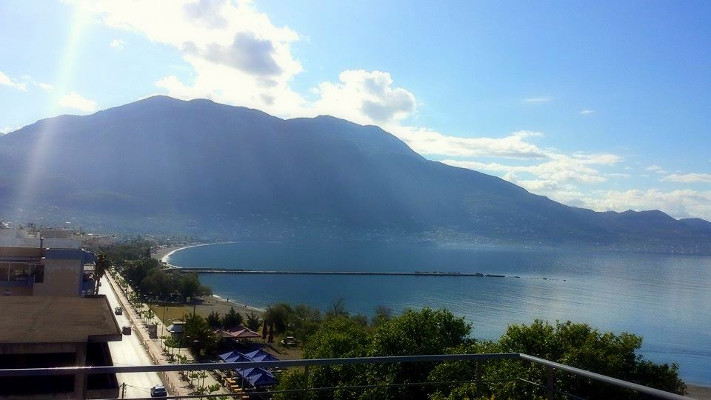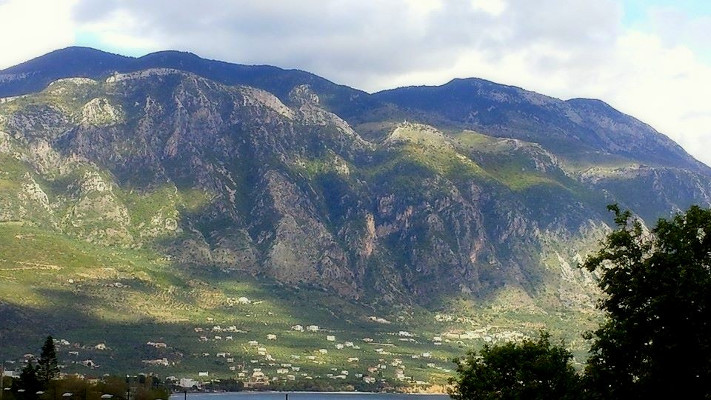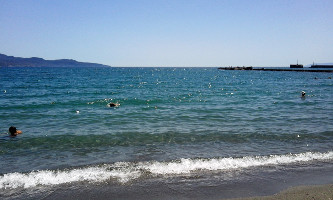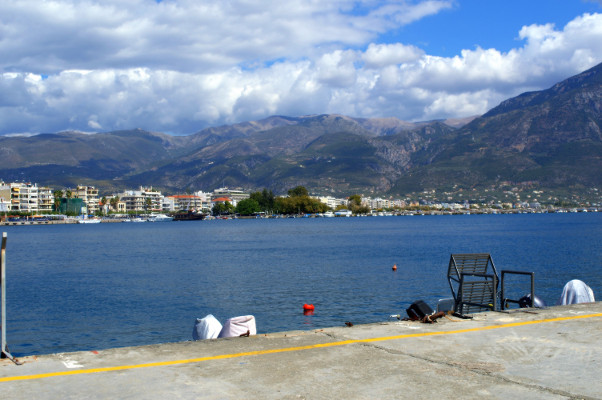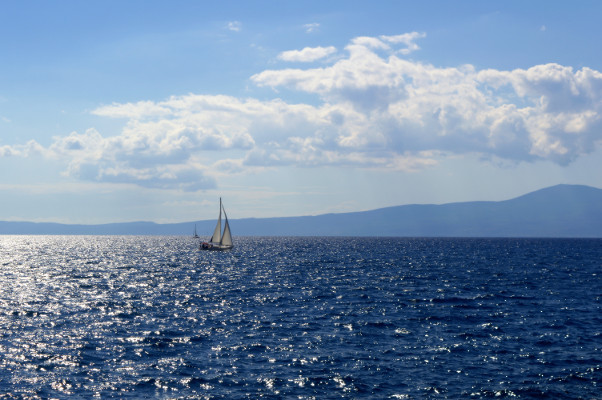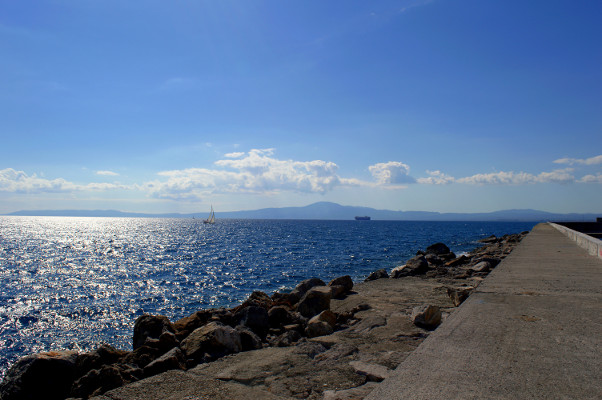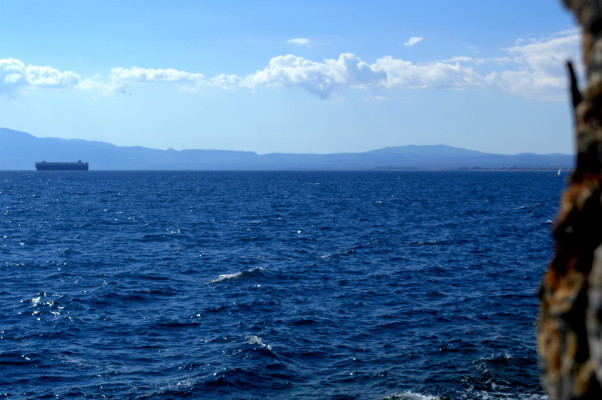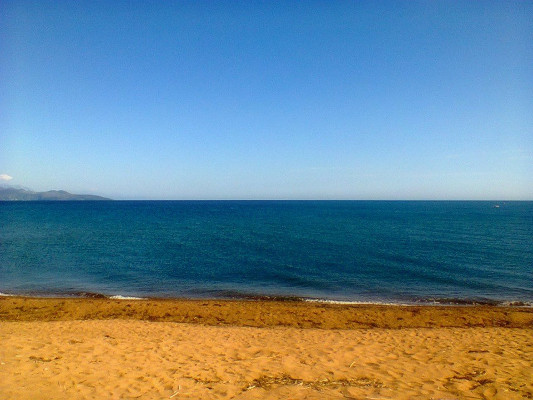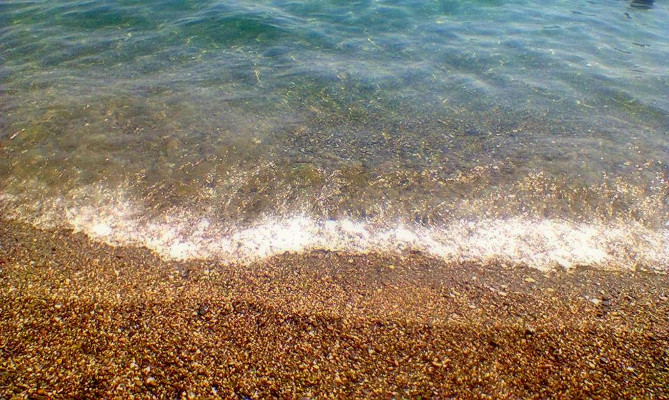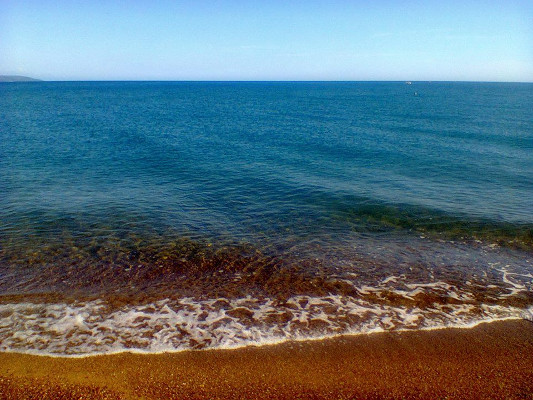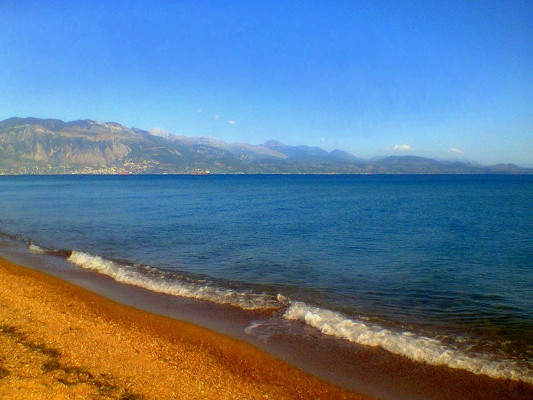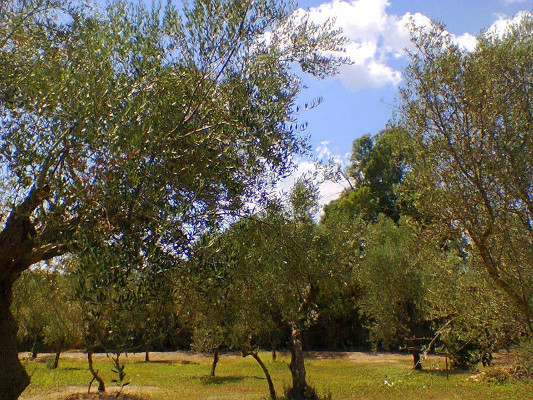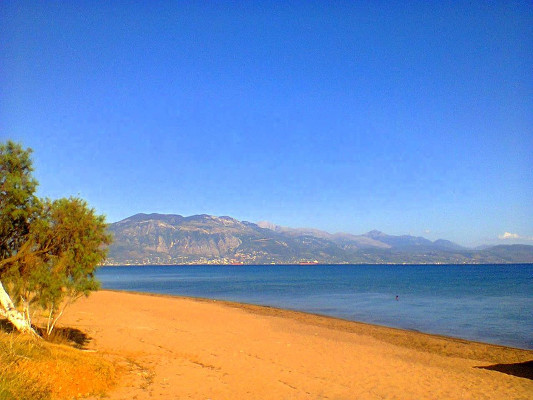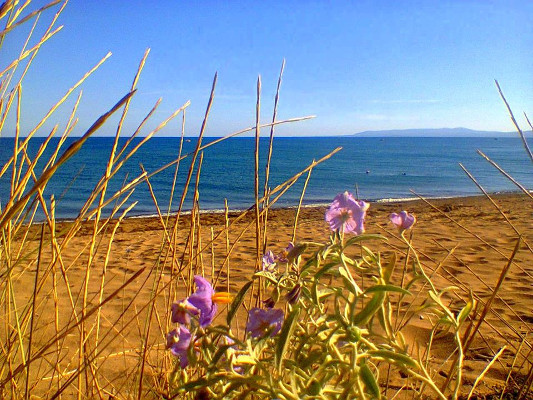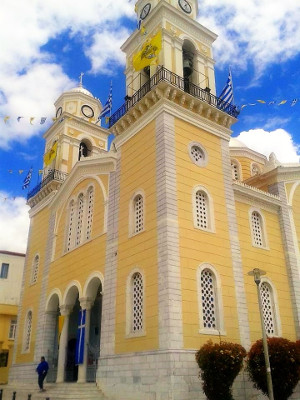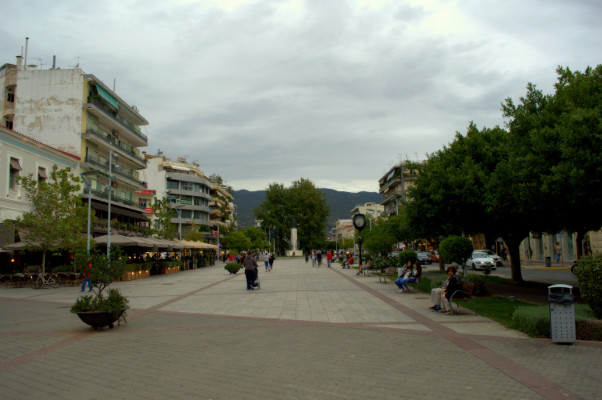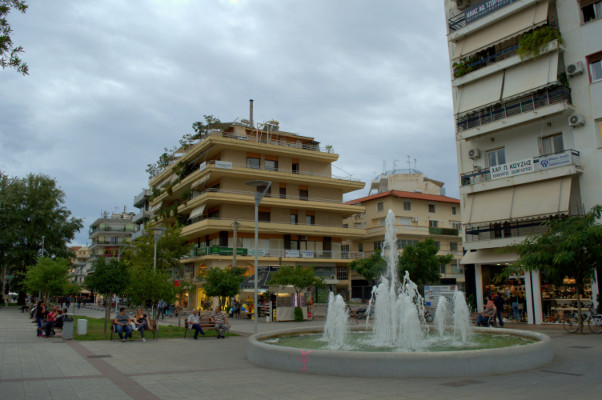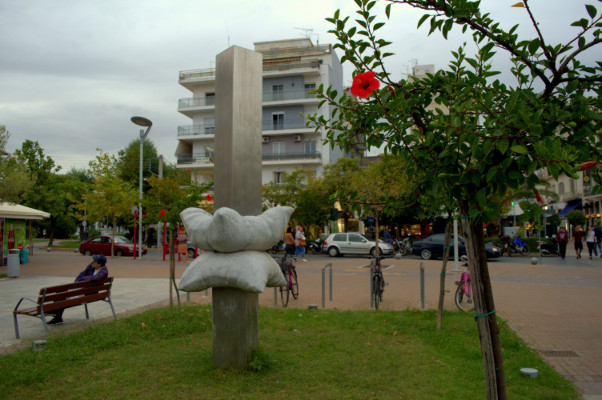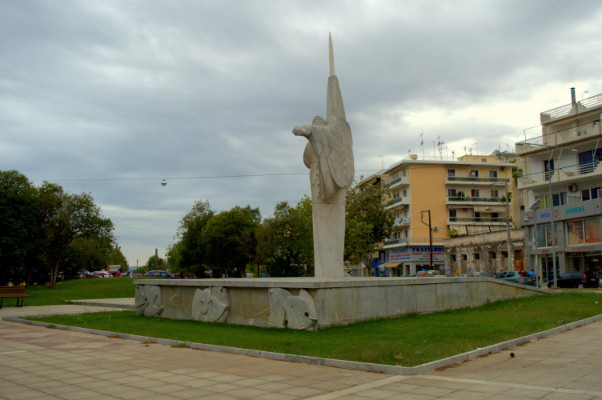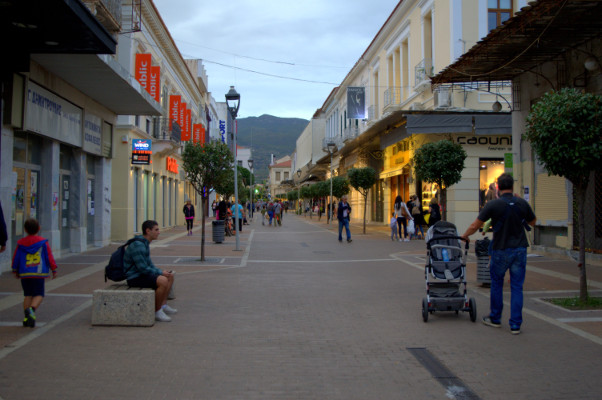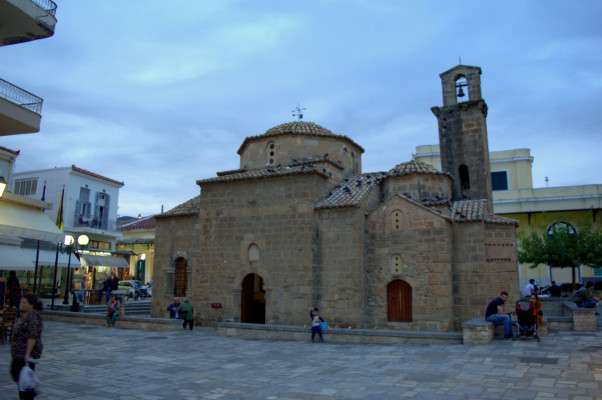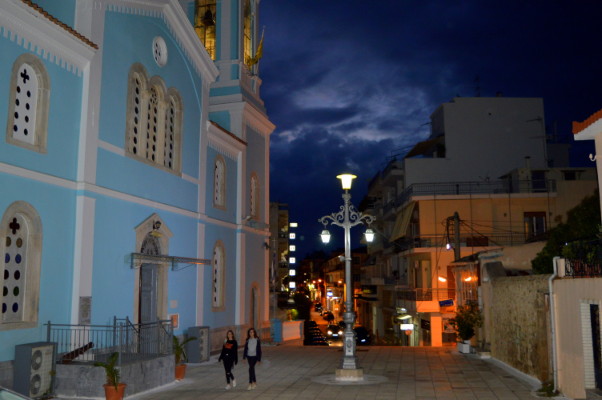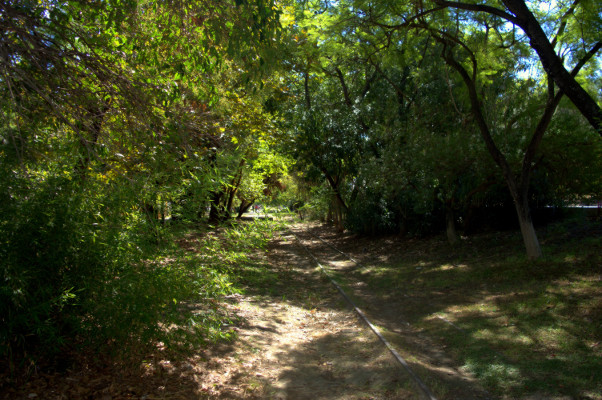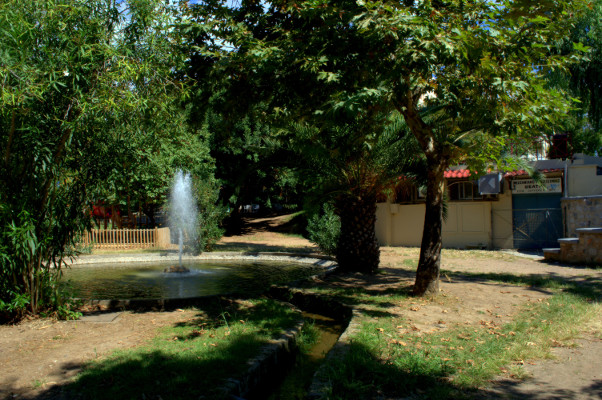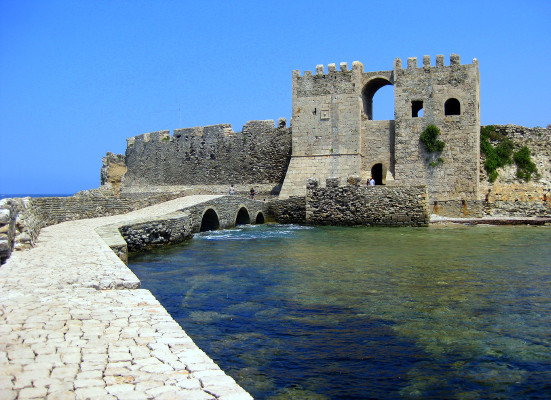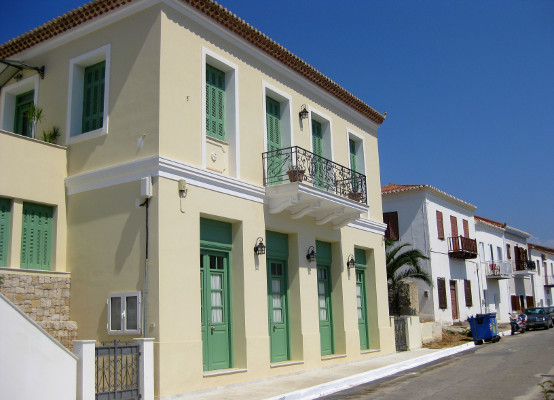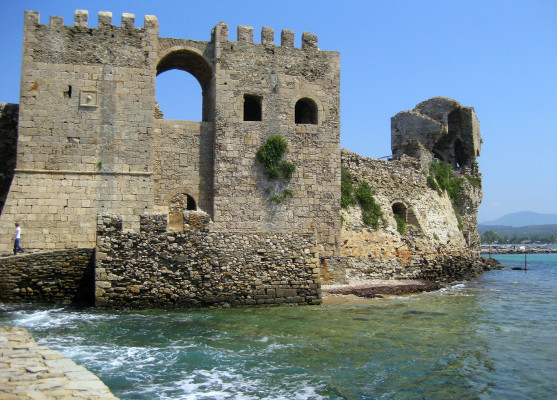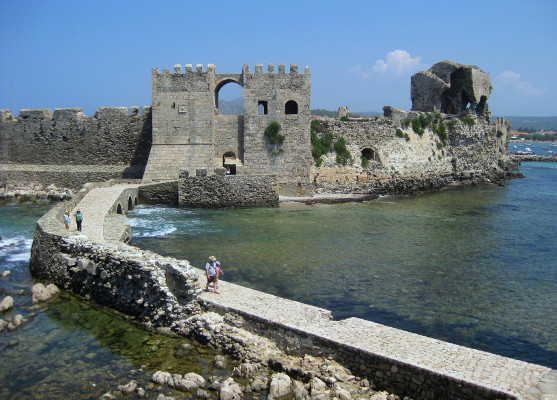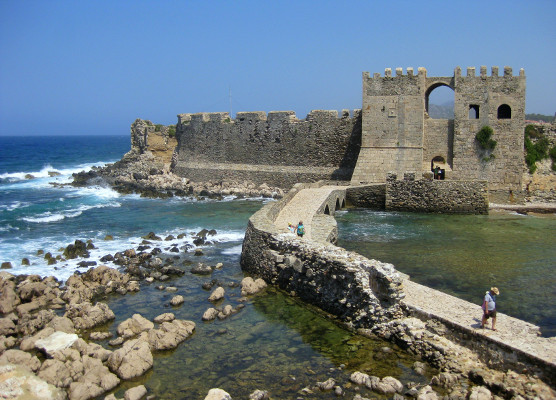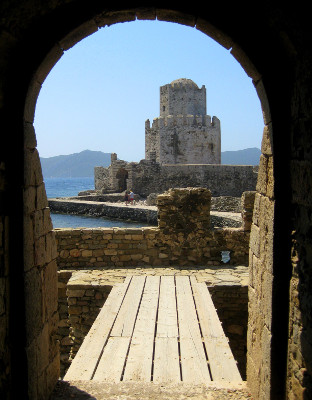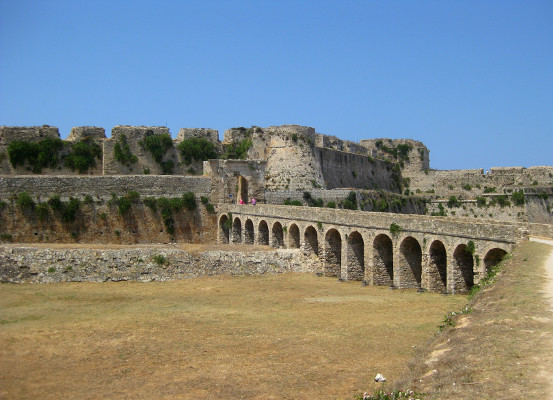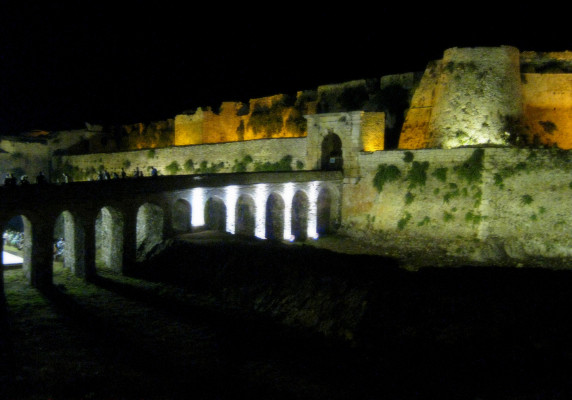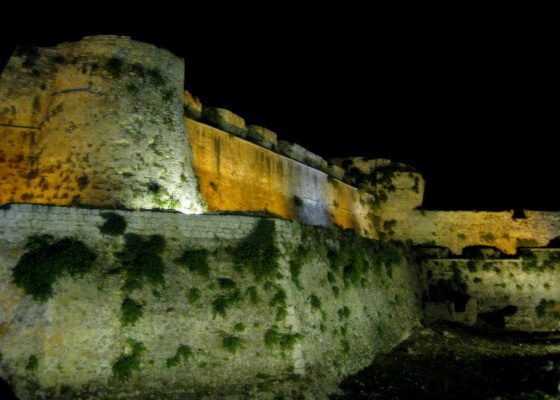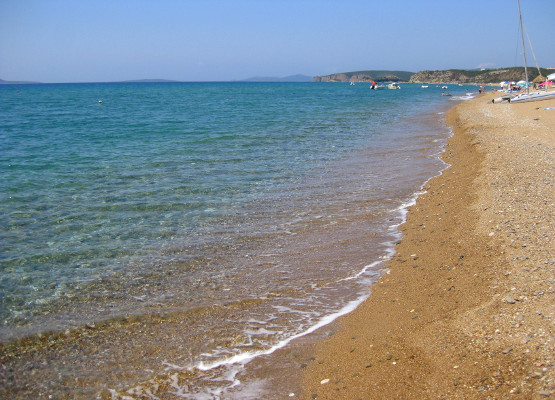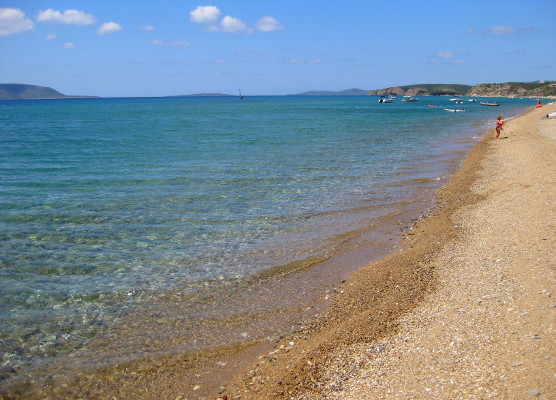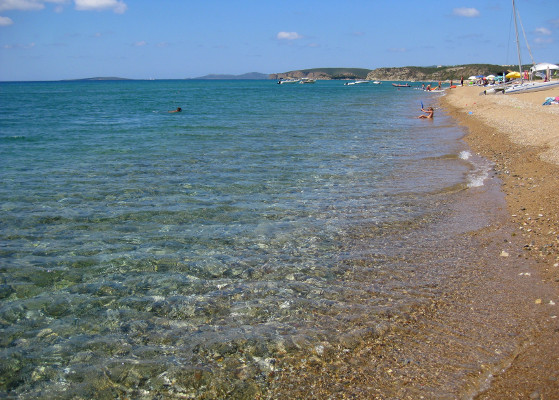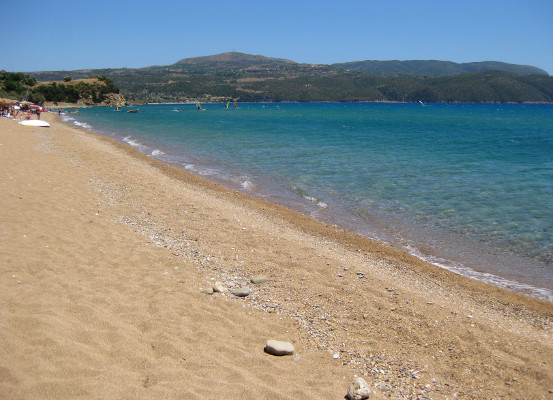Numerical Analysis and Scientific Computation with Applications
NASCA 2018
Travel Information
Map
Two free buses will be provided from Athens airport to Kalamata on Sunday 1 July, and from Kalamata to Athens airport on Saturday 7 July. For the 1st of July, the two coaches will be arranged as follows: the first coach in the late morning, and the second one in the evening. The coach times will be arranged after the organizers have asked delegates for the arrival times of their flights.
Participants who can't take these buses or will not be travelling on these days are kindly requested to arrange their transportation on their own. In this case the required amount of money will not be deducted from the registration fee.
Public transport to and from Kalamata is available:
- By bus from Athens. See KTEL Messinias for bus timetables and online ticketing. There is an express bus service (bus X93) between Athens International Airport and the Athens KTEL station in Kifissos, where you can get the bus to Kalamata. Once you arrive in Kalamata, there is a regular city bus service from the local KTEL station to the Conference venue. The taxi fare from the Kalamata KTEL station to the Conference site is about 8-9 euros.
- By plane from Athens International Airport with Aegean Air. During the summer season (April to October) there are also charter flights between Kalamata and major European cities.
The following description of Kalamata and Methoni was exclusively written for NASCA18 conference by Mrs Sophia Niniou, teacher of literature, Greek language and author. The various pictures were provided by Mrs Sophia Niniou and Tania Tsoroni and Mr Dimitrios Ninios and Kostas Kostopoulos. We thank them all for their kind contribution.
(Click pictures below to enlarge and start slideshow.)
Kalamata
With the sea at its feet, for the most part, and the river Pamissos taking care of the irrigation of its fields and running through its smaller and larger villages, Messenia is an ideal destination for relaxation and having fun, for swimming at the sea-in its cosmopolitan or its smaller, more private beaches-or even for hiking.
The capital of the Messenian county, Kalamata -just two and a half hours away from the Greek capital, Athens- is ideal for spending the summer months there. Its sea is clean and safe-many of its beaches “Blue Flag” certified-give the visitor a sense of calm and joy. Its 13 Km coast is so diverse that it starts from sandy beaches-with very fine red or golden sand- going on shingle beaches-with small, colourful granules, pebbles or big white cobbles. One can always find a beach nearby, without an entrance fee, organized, with drinking water and shadow to rest. There really is a beach for every swimmer’s taste. Across the coast many cafes-some more traditional than others, ouzeris, taverns and contemporary restaurants can gratify every palate.
( http://www.blueflag.global/ )
The history of Kalamata begins with Homer. The monuments of Kalamata include the Kalamata castle, which is a remnant of the Francocracy, and the byzantine Church of the Holy Apostles, built in 1050 ADor 1150 AD. In the latter started the Greek War of Independence, on 23 March 1821.
( http://www.incity.kalamatain.gr/index-2.html?xml=church-agioi-apostoloi.xml electronic tour on the inside of the Church)
In Messenia one can find monuments of and museums dedicated to every Greek history era. The museums of Kalamata are the following:
- The Archaeological Museum of Messenia
- The Military Museum of Kalamata
- The Historical and Folklore Museum of Kalamata
- The Benakio Archaeological Museum of Kalamata
http://www.kalamata.gr/katoikoi/politismos/mouseia.html
There is also a small museum, the only one of its kind in Greece, with the relics gallery of the modern Olympic Games, inside the Elite City Resort.
(http://www.elite.com.gr/en/home/elite-hotel-kalamata)
The tryouts for the first modern Olympic games of 1896 took place on the Frangolimna plaza.
The neoclassical buildings, built during the period 1880-1920, adorn the city.
Built in 1860, the historical church of Ypapanti is the metropolitan church of Kalamata and attracts pilgrims from all over Greece-and not only-throughout the year, but mainly on February 2, the day the church celebrates, even though it is winter.
Kalamata has a cycle lane, which allows for comfortable and safe transportation all around the city, thus improving the quality of life. Bicycles can be rented in shops, so that the visitors have this opportunity of a permanent resident.
Anyone visiting the place has the experience of living in a people-friendly organized city, away from the stress of modern life and ways. One can enjoy there the sun and the sea, make contact with nature and enjoy fresh fish and local produce of the Messenian land (such as oil, olives, figs, raisins, pasteli), some of which has an international reputation.
Another popular product amongst tourists are the silk scarves, as well as other works of the Holy Monastery of Kalogria and other local craft industries.
Methoni
The Castle of Methoni, one of the most important castles in Greece, is surrounded by sea. It was built by the Venetians, when they became masters of the city, in 1209 AD. It is built on a cliff that penetrates the sea and is separated from the land by an artificial trench. It has an area of 93 acres.
( https://en.wikipedia.org/wiki/Methoni_Castle )
On the northern side is the portal, made of rectangular tufa bricks.
The entrance gate ends in an arch framed on the right and left by pilasters with Corinthian capitals. On the right and left of the entrance two large battlements can be seen. On the south part of the walls rises the spectacular sea gate which has recently been restored. A stone-paved stretch leads over a small bridge to the small fortified islet of Bourtzi. The east side of the walls also reached initially to the sea. Nowadays, a long strand of beach lies in front of a large part of it. Parallel to the east wall, up to the Bourtzi, there was a pier and this is where the small fortified harbor was formed (mandrachio), while the big one was to the northeast where ships could be pulled. The walls, the towers, the bastions, the northwest artillery platform and the castle's various gates have been dated thanks to the identification of Venetian coats of arms, still standing.
Close to the entrance of the castle, there is a Venetian well. This well, along with another one, near the bridge at the entrance of Methoni, have been designated as historic monuments. The Church of Aghios Nikolaos has also been characterized as a monument as a remarkable example of ecclesiastical architecture in the years after 1830.
The town of Methoni is a traditional settlement of Venetian-styled houses and cobbled streets. In Methoni one can find one of the first schools built by the Governor Ioannis Kapodistrias in the newly-found Hellenic State (on March of 1830), which is a “mutual-teaching school”.
According to the “mutual-teaching method”, the only teacher of a “mutual-teaching school” was teaching at once all the students, with the help of the «πρωτόσχολοι» (“protoscholi” translated as “first of the school”). The “protoscholi” were the best students, chosen by the teacher, with the help of the class’ or school’s students, and they had to be distinguished for their ability to manage their classmates, their performance in classes and their behavior as well. The “protoscholi”, instead of textbooks, they had boards, with texts from various classes, hung on the walls. They undertook the dictation of the courses and even the analysis and interpretation of the new cognitive modules. The teacher, who had the role of the general regulator of the school life, was limited to briefing the “protoscholi” for the lessons they had to teach, supervising and examining the students, teaching only a little in exceptional cases. During the teaching, there was silence, not only on the part of the students but also on the part of the teacher. «Ας μη στοχάζεται ο διδάσκαλος ότι πρέπει να λαλή πολύ ή να φωνάζη μεγαλοφώνως, διά να σιγήσωσιν οι μαθηταί του ... πρέπει οι λόγοι του διδασκάλου να ήναι σπάνιοι. τότε λαλών, ακούεται ...Διά της επιμόνου διατηρήσεως της σιωπής θέλει έχει τις και σχολείον εύτακτον.Περιπλέον αύτη είναι ο ουσιώδης κανών εις εν σχολείον ...». (translation: "Let the teacher not think that he must speak a great deal or shout aloud, in order to silence his disciples ... the speeches of the teacher must be scarce. then he is heard... Through the persistence of the silence, he will have the school in order. First and foremost, that (the persistence of the silence) is the fundamental principle in a school ... ").
The teacher of the “mutual-teaching school” had to be “active, endowed with a stability of character, loving the order, devoted to his profession, which he must embrace with great love towards it. He has to be happy to be in the midst of the children, and to accept whatever they may do, even the smallest things, with understanding. If he does not have these assets, let him do another job. He will not be able to be any good in teaching.” (original text: «δραστικόν, προικισμένον με χαρακτήρος ευστάθειαν, αγαπώντα την ευταξίαν, αφοσιωμένον εις το επάγγελμά του, το οποίον πρέπει να εναγκαλισθή κατά τινα ιδίαν κλίσιν προς αυτό. Πρέπει να ευχαριστήται να ήναι αναμέσον των παιδίων, και να καταδέχεται να συγκαταβαίνη χάριν αυτών και εις τα παραμικρά πράγματα. Αν δεν έχη τα προτερήματα ταύτα, ας έμβη εις κανέν άλλο στάδιο. εις το διδασκαλικόν δεν θέλει κάμει κανένα όφελος»).
In the first years of the Hellenic State, the Government showed great interest in writing and translating basic textbooks for the “mutual-teaching schools”.
Excursion map

